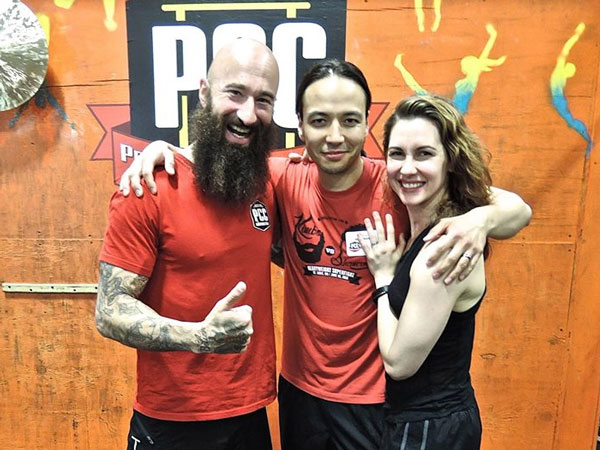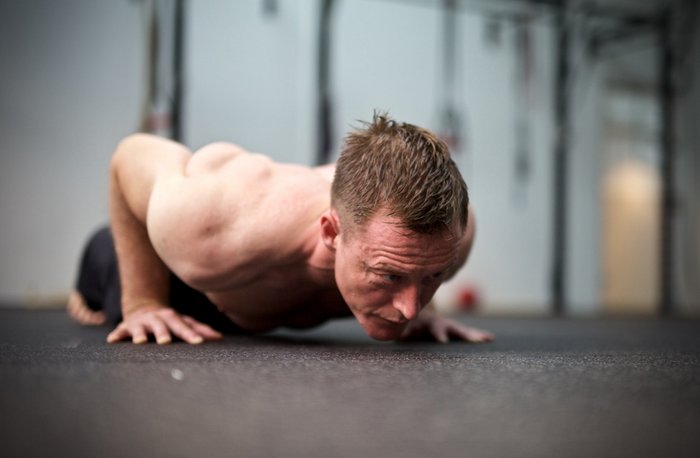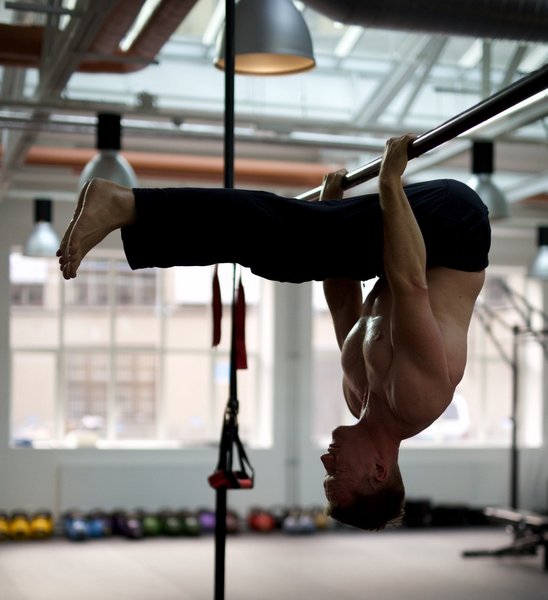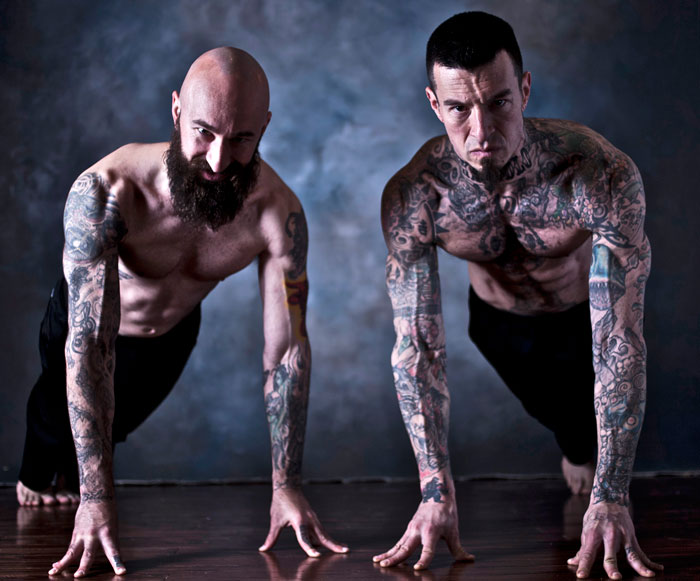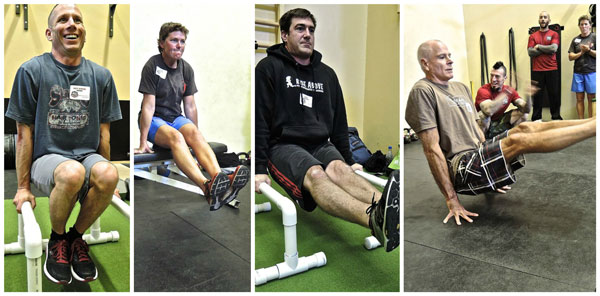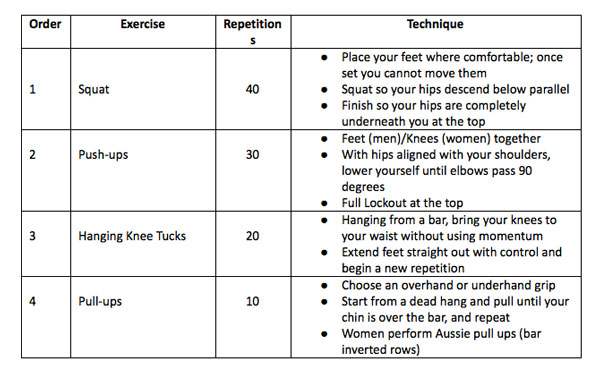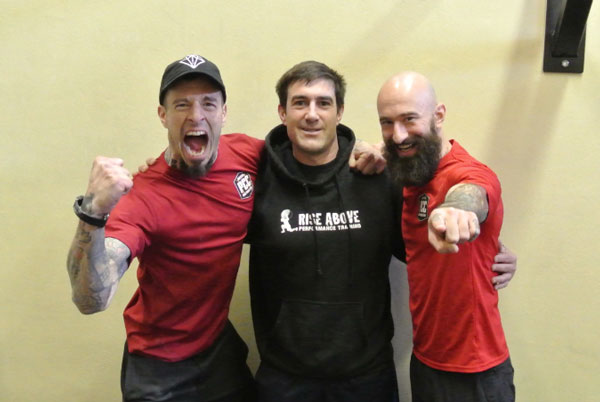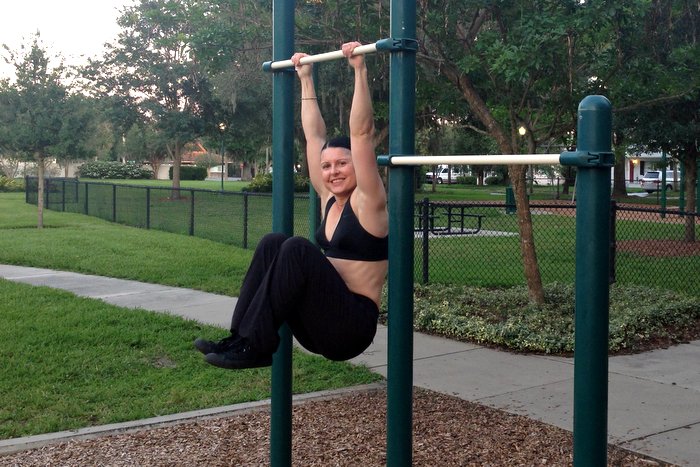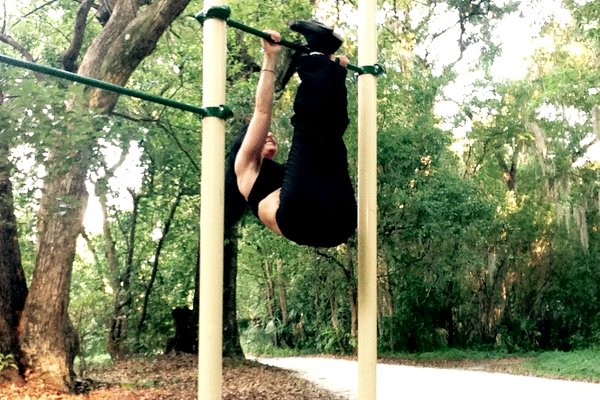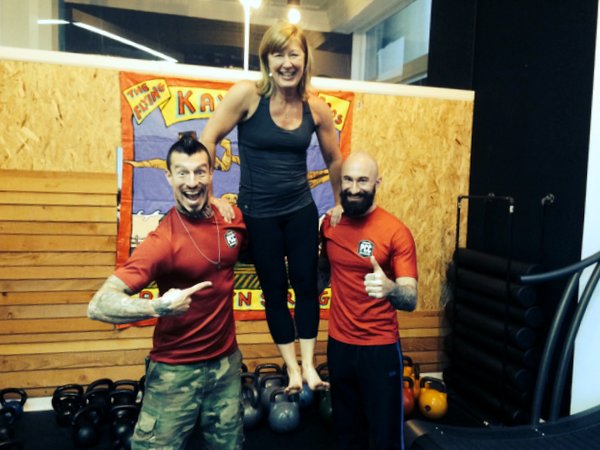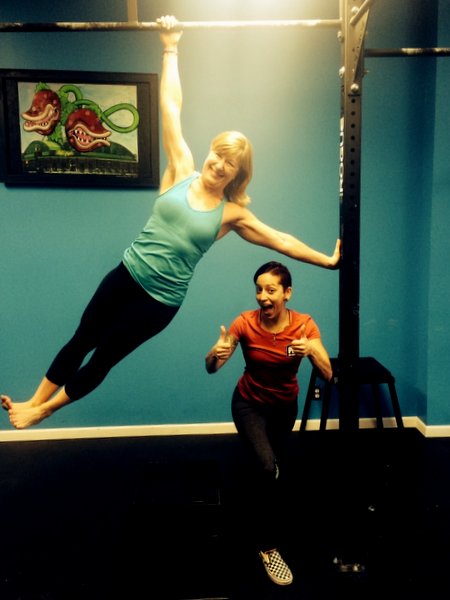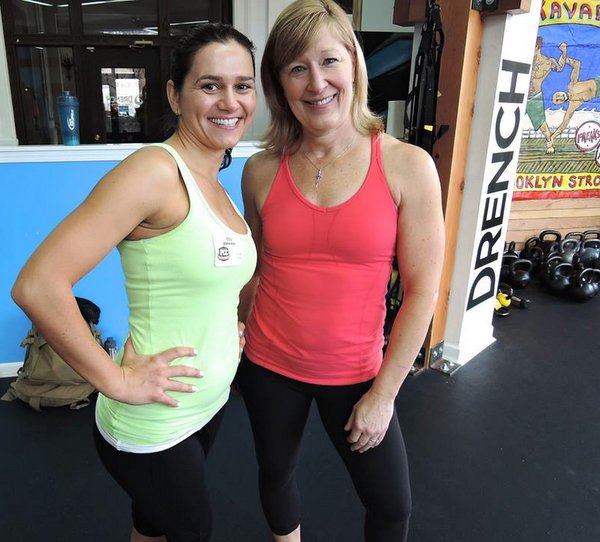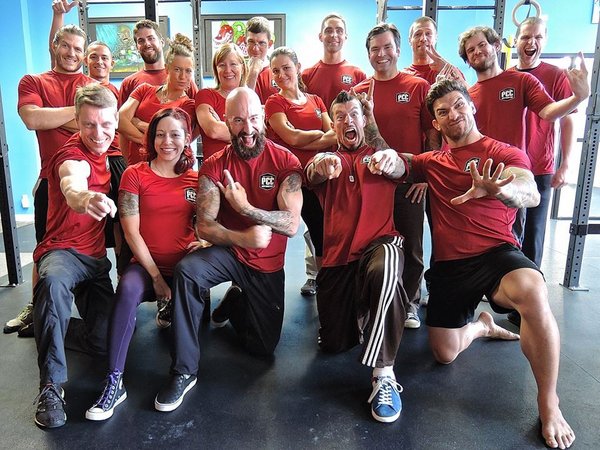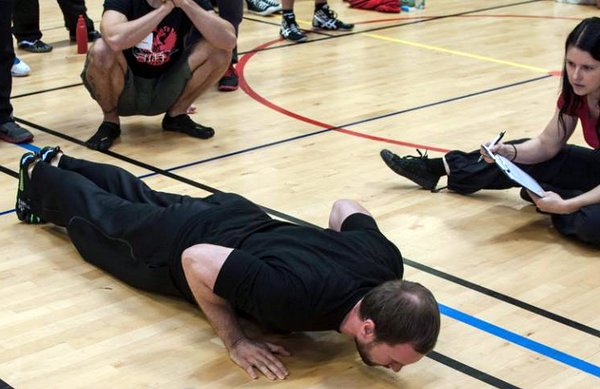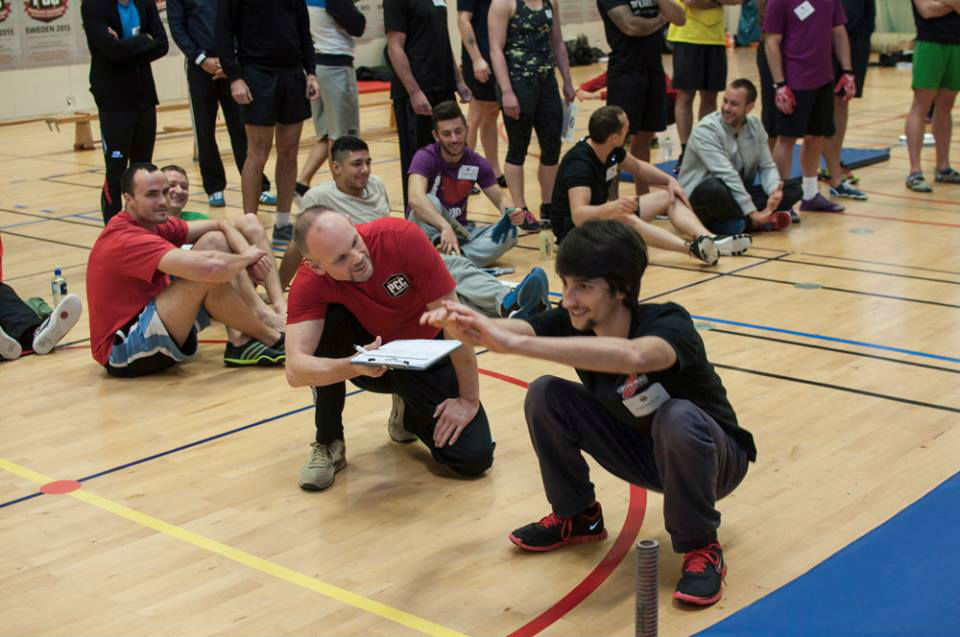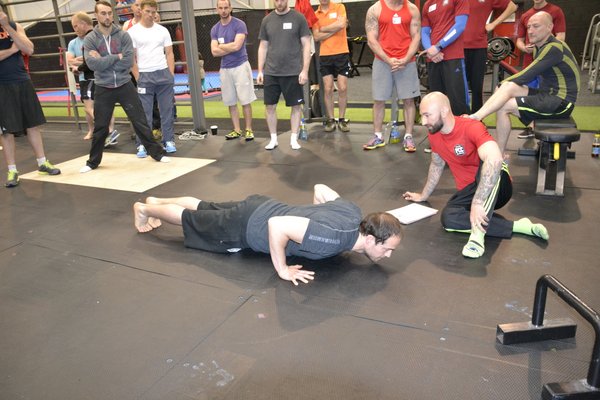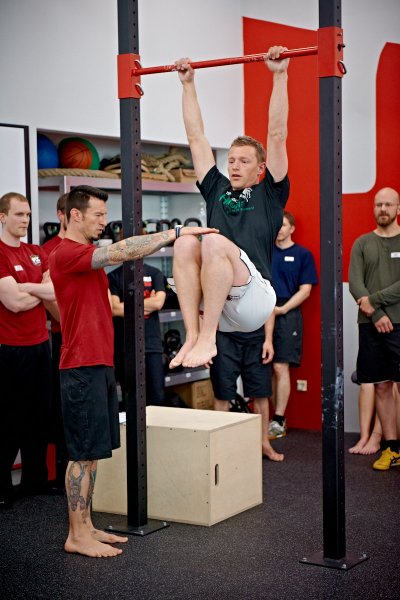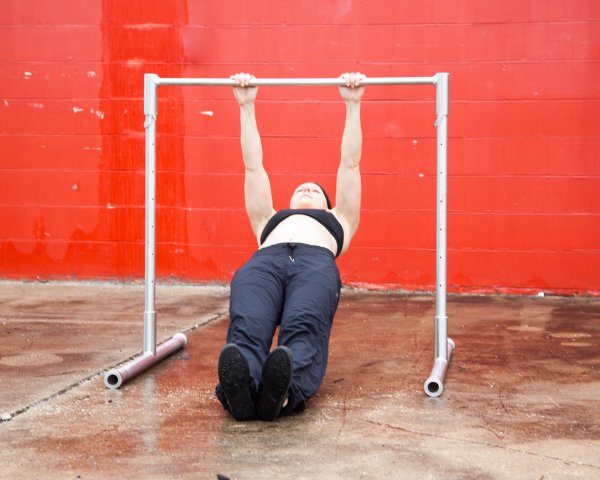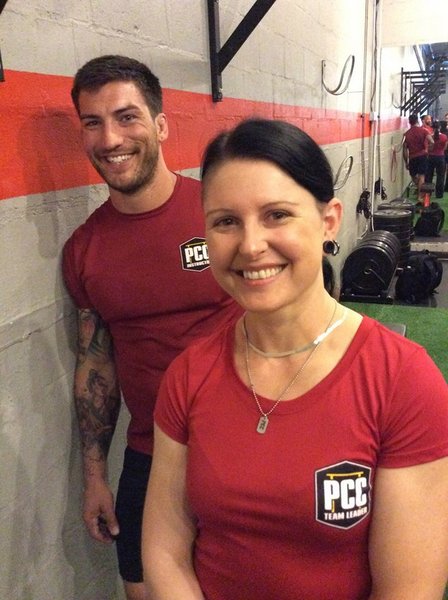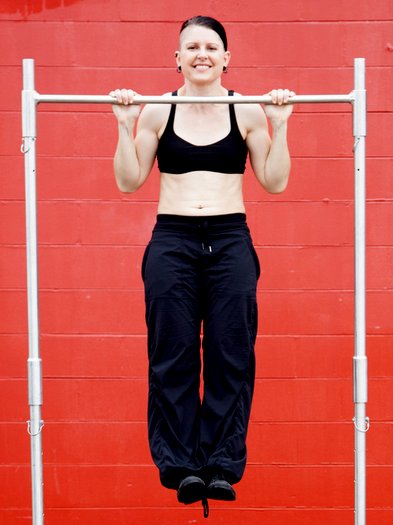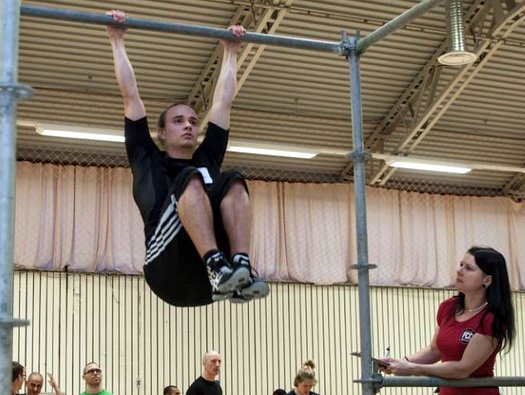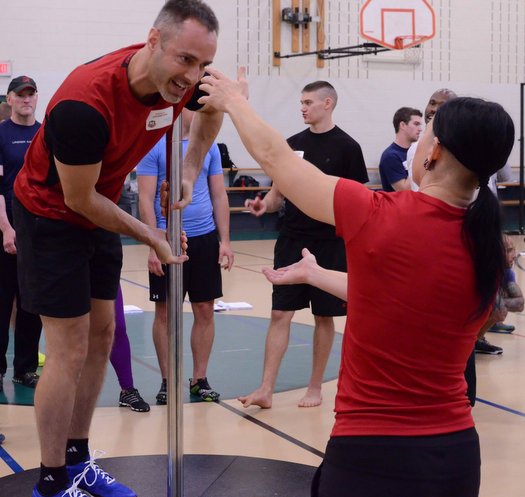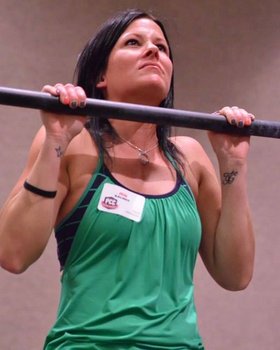
As a recently christened Progressive Calisthenics Certified coach, the Century Test is very fresh in my mind. The Century tests multiple qualities: speed, strength, endurance, and also has fairly strict technique standards for each rep of your squats, push-ups, hanging knee raises, and pull-ups/Australian pull-ups. Even though it’s not what I’d call easy, don’t let me fool you, the Century Challenge is defeatable, nay, crushable, if you prepare for it properly. Stay with me as I lay out the groundwork for what made me successful when it came time to test on the final day of my PCC.
First off, if any of the guys and gals out there who attended the June 2016 PCC in NYC are reading this…wow! We had some seriously strong individuals attend the PCC in New York, and there were a handful of people who were doing things above and beyond what I’ve ever seen in person before: freestanding handstand push-ups, stand-to-stand bridges, strict muscle ups and human flags. It was seriously impressive. Yet when it came time to do the Century, some of the same people who were performing those moves met it with a huge amount of apprehension, as if they had not prepared for it properly.
Here’s the thing: The Century is NOT a test of pure strength, it is a test of strength-endurance. You don’t need to be the biggest or strongest in order to destroy the 8 minute mark, but you need to train for it in a very specific way to minimize your time and need for recovery. Start preparing for it months in advance to give yourself a few attempts at it to see how you’re progressing, and make tweaks to it. Also, watch the videos of Al, Danny, and Adrienne demonstrating it. These videos were a serious help to me, because they gave me reference points for how quickly it could be done, and also made the technique standards appear more clear to me.
Rather than rehash technique standards for the Century, I’m going to assume you already know them, and if you don’t, go make sure to follow the link above first and then come back and finish this article. But I will say that in order to crush the Century, start by incorporating the following strategies in your training:
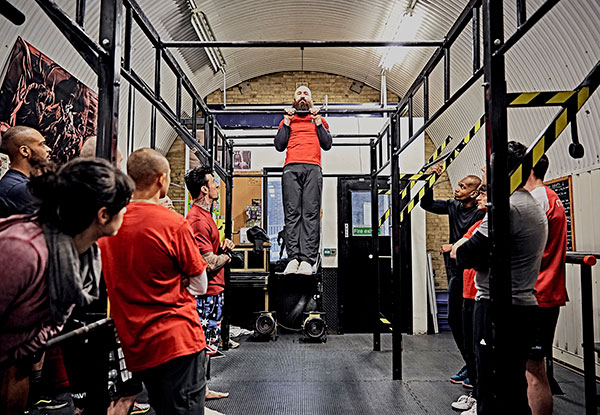
1. Use the specificity principle to your advantage.
The test goes squats first, then push-ups, then knee raises, then pull-ups/rows. You should train the exercises in this order in your workouts, even if you are not doing the exact variations included in the Century test (i.e. you’re training movements in the same family of exercises, but not necessarily the ones specifically tested).
For added benefit, minimize your recovery time between those movements, transitioning from one to the next with little to no time between. This will prepare your body, and your mind for moving quickly. Remember, I’m helping you prepare to CRUSH the Century, not just pass by the skin of your teeth. Move with purpose.
2. Be confident doing push-ups that are harder than the ones tested in the Century.
Push-ups are one of the toughest parts of the Century Test, just because there are so many of them. If your pushups stink and you practically exhaust yourself doing them, you will set yourself up to fail when it comes to doing the pull-ups/Aussies because by then your arms will be shot.
In Convict Conditioning terms, this means guys should be able to comfortably do Close Push-ups and Uneven Push-ups, and ladies should feel confident doing 1/2 and Full Push-ups. Even if it’s only for a few reps, working at a strength level that is higher than what is required of you on test day is a smart idea. Your goal should be to have those pushups feel EASY come test time.
3. Save time in the hanging knee raise by mastering the hollow body position.
When hanging on the bar, the hollow body position is achieved by making a slight posterior tilt with the pelvis (belly button tucked up toward your chin), and actively pulling the bar down towards the floor. If you can hold this position, you should start to be able to do your knee raises faster and cleaner than when you just hang out like a limp string bean. Practice explosively pulling your knees to your chest and forcefully extending them straight, all while maintaining the hollow body position, so you don’t sway around like a flag in the breeze.
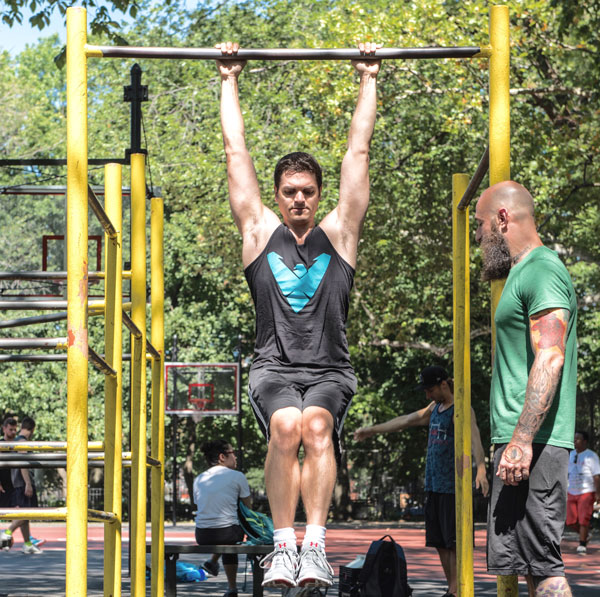
4. Train your knee raises and pull-ups back to back.
This is the tip that made the Century such a snap for me. I tested myself a few times before heading to NYC in June, and each time I was able to complete the entire Century in under three minutes. How? When I hopped up on the bar to do my knee raises, I never let go when transitioning to do my pull-ups.
Though it made training higher level strength pull-up exercises harder, it did make me improve my strength-endurance, which is the number one quality tested by the Century. I even went one step farther with myself and purposefully trained my knee raises slowly 5 seconds up, 5 seconds down to force my grip strength to be challenged, then proceeded to get after the pull-ups, which was a real challenge. It over prepared me for the test, which was what I was after!
5. Over-train your grip strength to have peace of mind come test day.
If you lack grip strength, you will fail the Century. Don’t let that be the reason you failed, when grip training is so easily supplemented into a regular training program.
- Do it first, when you’re fresh. It makes the rest of your workout challenging.
- If you’re a gal, I recommend being able to hang on the bar for a minimum of 60 seconds, preferably more. Overcompensate in your training by hanging from a towel in one hand, and the bar in the other. Build up to 60, then repeat with two towels. If you can do this, your grip is good.
- If you’re a guy, the twin towel hang for 60 seconds is my minimum recommendation, but would prefer if you could hang from the bar by one hand for at least 30 seconds each, and possibly with your hands stacked one on top of the other on a towel for 30 seconds each.
Again, make sure your grip is way better than what is required for the Century, and you’ll have peace of mind when it comes test day.
***
Bret Hamilton is the head coach and co-owner of Constant Forward Progress-Bodyweight and Kettlebell Training. He and his wife Megan live and train near Portland, OR. When Bret isn’t working with clients in the gym, he loves to jump on the trampoline, play pickleball, read a great book, and relax to video game now and then. You can learn more about Bret and CFP at constantforwardprogress.com.
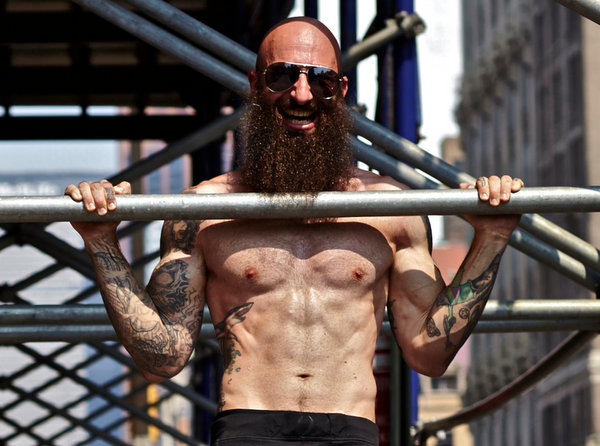
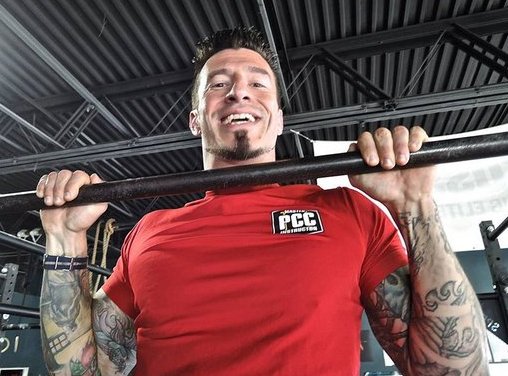
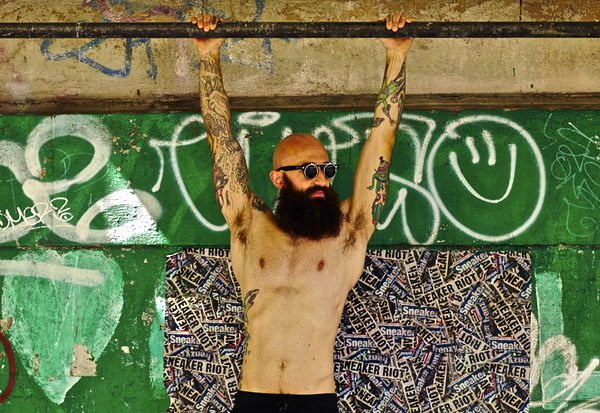
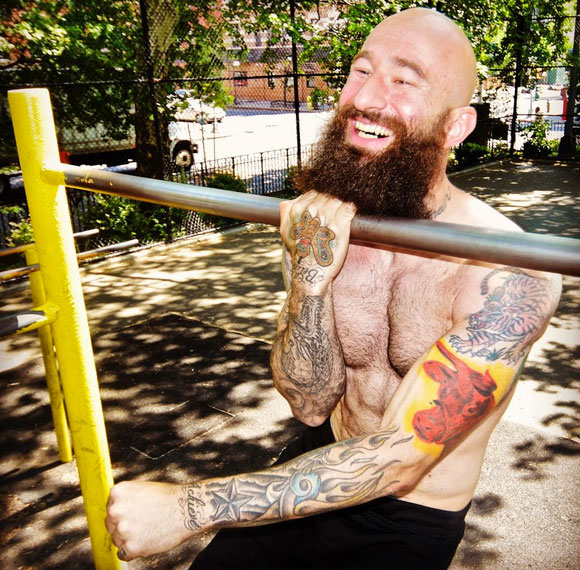
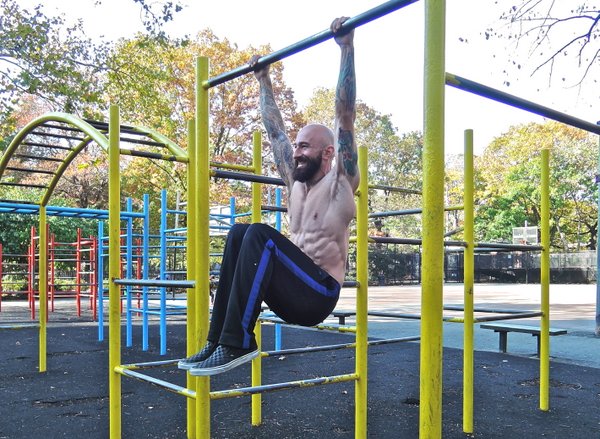 I get a lot of questions from potential PCC candidates about our
I get a lot of questions from potential PCC candidates about our 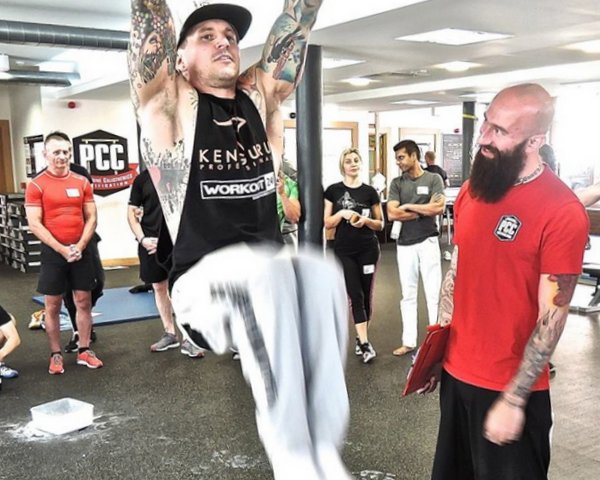 The first few times I taught the
The first few times I taught the 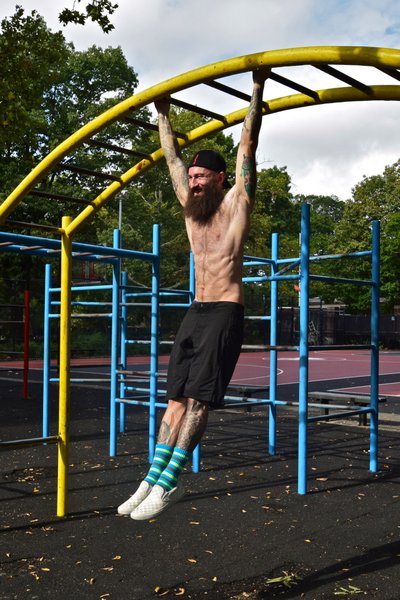 Focus on raising your knees with control as well. Avoid moving too quickly and aim to pause briefly at the top of each repetition to make sure that you remain steady.
Focus on raising your knees with control as well. Avoid moving too quickly and aim to pause briefly at the top of each repetition to make sure that you remain steady.
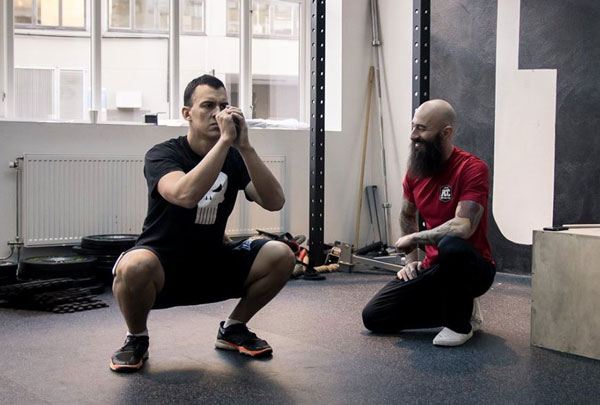 Position check:
Position check: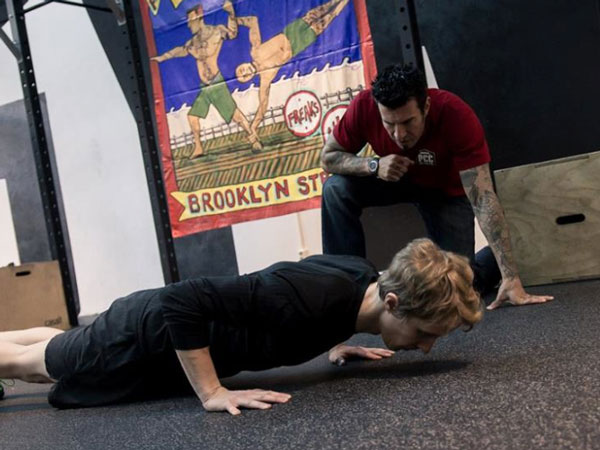 Position Check:
Position Check: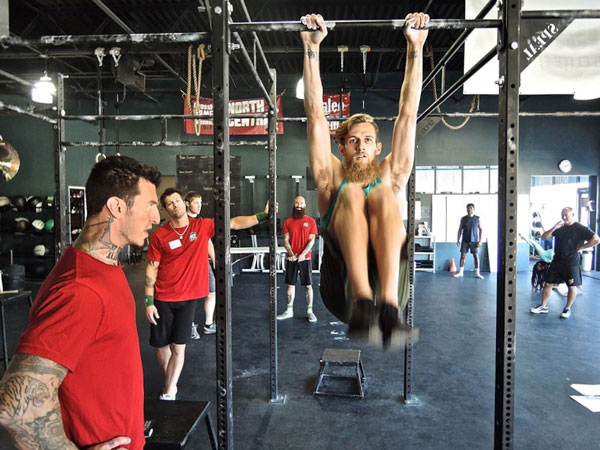 Position Check:
Position Check: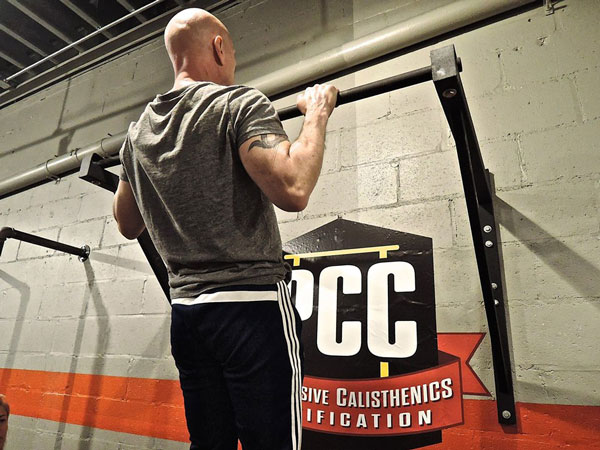 Position Check:
Position Check: